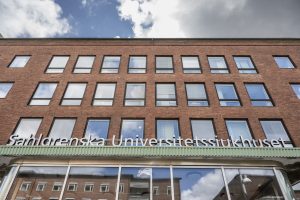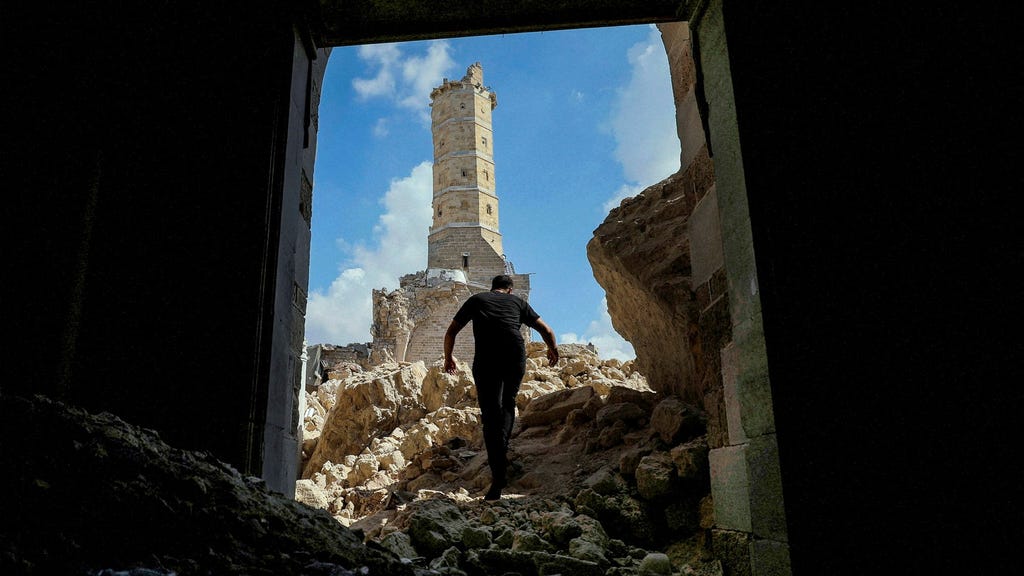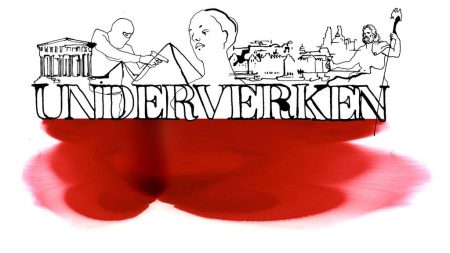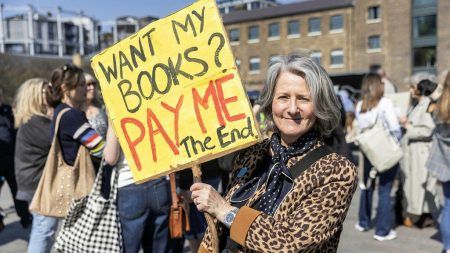The Gaza Strip, a small Palestinian territory bordering Israel and Egypt, bears the scars of a deeply troubled history. Beyond the immediate humanitarian crisis, a less visible but equally devastating consequence of repeated conflicts is the widespread destruction of cultural heritage sites. Mosques, bathhouses, museums – countless places of historical and cultural significance have been damaged or destroyed, leaving gaping wounds in the fabric of Palestinian identity and collective memory. The scale and nature of this destruction, as noted by archaeologist Marc-André Haldimann, are unprecedented, marking a new low in the disregard for cultural property during conflict. This erasure of cultural landmarks not only represents the loss of physical structures but also the disruption of a people’s connection to their past, their traditions, and their sense of place.
The destruction of cultural heritage in Gaza takes many forms. Direct targeting by military strikes is perhaps the most visible and impactful. Mosques, often serving as community centers beyond their religious function, have been repeatedly hit, resulting in the loss of architectural masterpieces and spaces of social cohesion. Ancient bathhouses, remnants of a rich historical past, have crumbled under bombardment, erasing tangible links to generations past. Museums, repositories of artifacts and historical narratives, have been looted or damaged, scattering invaluable collections and silencing the stories they held. Beyond direct hits, collateral damage from nearby explosions, the vibrations from heavy weaponry, and the general lack of resources for maintenance and preservation contribute to the gradual erosion of Gaza’s cultural landscape.
The impact of this destruction extends far beyond the physical loss. The targeted demolition of cultural sites represents an attack on Palestinian identity and collective memory. These sites are not mere buildings; they are repositories of shared history, cultural practices, and traditions. Their destruction signifies an attempt to erase the historical narrative of a people, to sever their connection to the past and undermine their sense of belonging. This erasure has profound psychological consequences, contributing to a sense of loss, dispossession, and cultural trauma, further exacerbating the hardships faced by the population. The loss of these cultural anchors disrupts social cohesion, weakens community identity, and deprives future generations of the opportunity to learn from and connect with their heritage.
The deliberate or indiscriminate destruction of cultural heritage sites in Gaza raises serious legal and ethical questions. International laws, such as the Hague Convention for the Protection of Cultural Property in the Event of Armed Conflict, explicitly prohibit the targeting of cultural sites unless they become military objectives. Yet, the repeated destruction of mosques, museums, and historical sites in Gaza suggests a blatant disregard for these international legal frameworks. The lack of accountability for these acts further emboldens those who perpetrate them, creating a cycle of destruction and impunity. The international community has a responsibility to investigate and document these violations, to hold perpetrators accountable, and to work towards ensuring the protection of cultural heritage in conflict zones.
The reconstruction and preservation of Gaza’s cultural heritage present significant challenges. The ongoing blockade, the precarious security situation, and the lack of resources hinder efforts to rebuild damaged sites and protect those that remain. International cooperation and support are crucial for providing the necessary expertise, funding, and resources to undertake this complex task. Beyond physical reconstruction, efforts must also focus on documenting and preserving the intangible cultural heritage – the traditions, practices, and stories that are passed down through generations. This includes supporting local initiatives to collect oral histories, preserve traditional crafts, and promote cultural expression, ensuring that the cultural memory of Gaza is not lost.
The destruction of cultural heritage in Gaza is a tragedy that extends far beyond the physical loss of buildings and artifacts. It represents a profound assault on Palestinian identity, memory, and cultural continuity. Protecting and preserving cultural heritage is not simply an aesthetic or academic exercise; it is a fundamental human right. It is essential for fostering a sense of belonging, strengthening community resilience, and promoting peaceful coexistence. The international community must actively engage in protecting cultural heritage in conflict zones, holding perpetrators accountable, and supporting the efforts of local communities to rebuild and preserve their cultural identity for future generations. This involves not only condemning the destruction but also actively investing in the preservation and restoration of damaged sites, promoting cultural education, and fostering international cooperation to ensure that the cultural heritage of Gaza, and indeed all conflict zones, is safeguarded for posterity.














